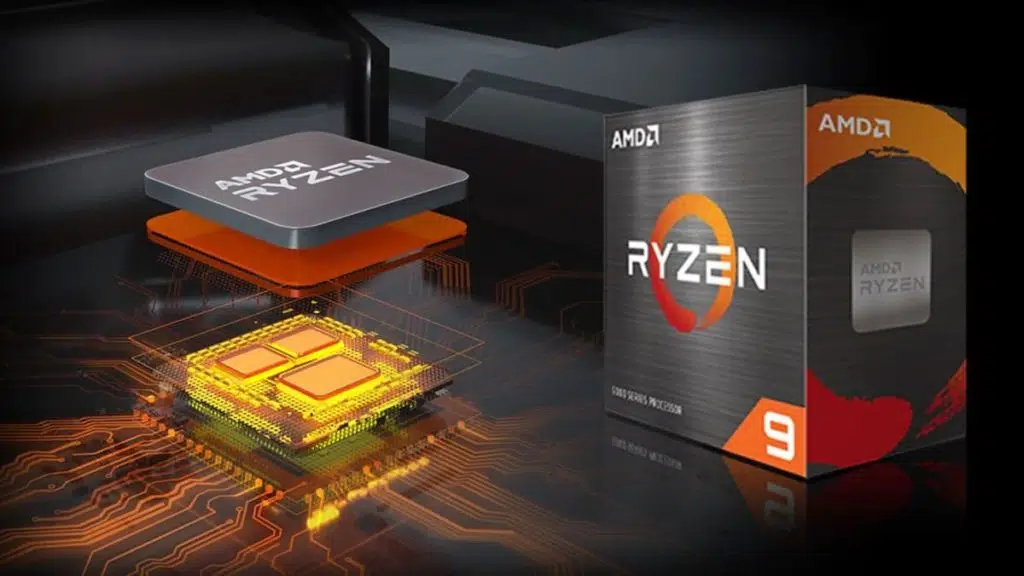
AMD’s new AM5 platform and Ryzen 7000 Series processors may be complemented with a new automatic memory overclocking tool that grants users an easy way of boosting the performance of their DIMMs, according to a new patent published by the United States Patent and Trademark Office this week. There doesn’t appear to be any indication of how this tool might be branded, but the abstract can confirm some of the more obvious benefits of the technology, such as the ability to determine “an overclocked memory frequency setting, including a highest memory frequency setting passing the memory stability test.” Reports from last month suggest that AMD is also prepping a new technology called RAMP (Ryzen Accelerated Memory Profile), something that’s believed to be the counterpart to Intel’s Extreme Memory Profile (XMP) 3.0.
“Settings for memory modules can be configured according to vendor profiles or user input specifications,” reads an excerpt from AMD’s new patent. “These profiles are often generated and tested using system configurations differing from a user system. Additionally, user input specifications may be restricted using margins determined and tested using these differing system configurations.”
The company’s automatic memory overclocking technology tries to present intermediate performance specialists with the capability to adjust their memory modules and processors for the highest performance without comprehensive testing on the user’s part. The automatic memory overclocking will authorize users to utilize less costly memory with JEDEC standard settings in SPDs to check the overclocking limits themselves. This will allow for incredible performance efficiency without the hassle of manual input.
The new overclocking application from AMD will allow the system to determine overclocked memory frequency settings, departing the test for memory stability, and then selecting the best timing settings to pass the difficulty chosen by the application. After the process, the app will generate a specific profile that possesses the overclocked memory frequency and latency determinations. From then on, the profile will be loaded by the program each time.
